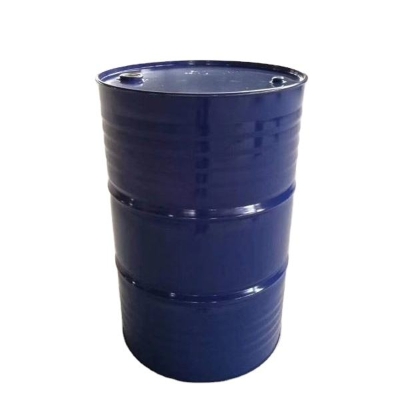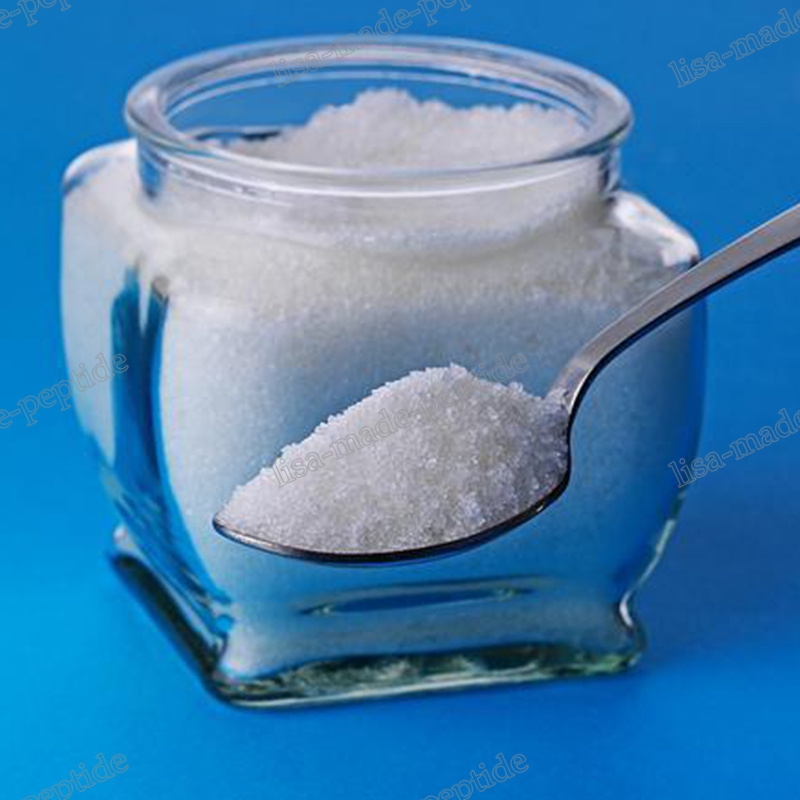-
Categories
-
Pharmaceutical Intermediates
-
Active Pharmaceutical Ingredients
-
Food Additives
- Industrial Coatings
- Agrochemicals
- Dyes and Pigments
- Surfactant
- Flavors and Fragrances
- Chemical Reagents
- Catalyst and Auxiliary
- Natural Products
- Inorganic Chemistry
-
Organic Chemistry
-
Biochemical Engineering
- Analytical Chemistry
-
Cosmetic Ingredient
- Water Treatment Chemical
-
Pharmaceutical Intermediates
Promotion
ECHEMI Mall
Wholesale
Weekly Price
Exhibition
News
-
Trade Service
【Chemical Machinery and Equipment Network Policies and Regulations ] In January 2020, the National Development and Reform Commission, * issued the "Opinions on Further Strengthening the Treatment of Plastic Pollution", clarifying the phased tasks of plastic pollution control in the three time periods of 2020, 2022, and 2025 .
According to the planned timetable, by the end of 2020, the use of non-degradable plastic bags in shopping malls, supermarkets, pharmacies, bookstores and other places in urban built-up areas of municipalities, provincial capitals, and cities separately listed in the plan, as well as catering and take-out services and various exhibition activities, is prohibited.
The market regulates and restricts the use of non-degradable plastic bags.
Degradable plastics become new air outlets.
Chemical machinery equipment network policies and regulationsChemical machinery and equipmentAccording to the planned timetable, by the end of 2020, the use of non-degradable plastic bags in shopping malls, supermarkets, pharmacies, bookstores and other places in urban built-up areas of municipalities, provincial capitals, and cities separately listed in the plan, as well as catering and take-out services and various exhibition activities, is prohibited.
The market regulates and restricts the use of non-degradable plastic bags.
Degradable plastics become new air outlets.
Demand urges the development of the production chain.
With policy dividends, my country's biodegradable plastics production capacity layout has continued to expand, and many listed companies have also issued announcements stating that they will have new capacity plans for biodegradable plastics.
However, Ji Junhui, chief engineer of the National Engineering Research Center for Engineering Plastics, said that the current capacity of degradable plastics that has been planned and approved is already very large.
It is expected that by the end of 2021, the supply and demand situation of the degradable plastics market will be greatly improved.
Under this circumstance, if capital and industry continue to flow in disorderly, by the end of 2022, the field of degradable plastics will likely have a serious oversupply.
With policy dividends, my country's biodegradable plastics production capacity layout has continued to expand, and many listed companies have also issued announcements stating that they will have new capacity plans for biodegradable plastics.
However, Ji Junhui, chief engineer of the National Engineering Research Center for Engineering Plastics, said that the current capacity of degradable plastics that has been planned and approved is already very large.
It is expected that by the end of 2021, the supply and demand situation of the degradable plastics market will be greatly improved.
Under this circumstance, if capital and industry continue to flow in disorderly, by the end of 2022, the field of degradable plastics will likely have a serious oversupply.
At the same time, biodegradable materials still have problems such as imperfect standard system, uneven product performance and degradability.
In the current situation of serious imbalance between the supply and demand of the biodegradable plastics market, biodegradable plastic products of uneven quality have sprung up like mushrooms after a rain shower.
Are biodegradable plastics really "degradable"? There must be a big question mark.
In the current situation of serious imbalance between the supply and demand of the biodegradable plastics market, biodegradable plastic products of uneven quality have sprung up like mushrooms after a rain shower.
Are biodegradable plastics really "degradable"? There must be a big question mark.
In a broad sense of degradable plastics, in addition to biodegradable plastics represented by PLA, PBS, and PBAT, there are also plastics that can be mechanically split, such as "pseudo-degradable" plastics such as photodegradation, ecological degradation, and thermal oxidative degradation.
From the "degradableAccording to the Standard Guidelines for Classification and Labeling of Plastic Products (for trial implementation), the biodegradation rate has reached more than 90%.
We generally believe that this is a "fully" degradable plastic, but this type of fully degradable plastic is used in compost, soil and other environmental conditions.
When degradation occurs, a small part of the organic carbon contained (ie less than 10%) will become dead organisms or mineralized inorganic salts.
plastic products From the "degradableAccording to the Standard Guidelines for Classification and Labeling of Plastic Products (for trial implementation), the biodegradation rate has reached more than 90%.
We generally believe that this is a "fully" degradable plastic, but this type of fully degradable plastic is used in compost, soil and other environmental conditions.
When degradation occurs, a small part of the organic carbon contained (ie less than 10%) will become dead organisms or mineralized inorganic salts.
The uniform standard is not clear, which means the existence of the "side ball".
* Attach great importance to the development of the degradable material industry.
In terms of industrial policies, polylactic acid fibers and biodegradable materials are listed as encouraged products in the "Industrial Structure Adjustment Guidance Catalog", and biodegradable materials such as polylactic acid and nylon 56 are listed as Technical transformation support direction; in terms of promoting application, bio-based plasticizers and other degradable materials are included in the "Key New Material First Batch Application Demonstration Directory" to encourage demonstration applications; the industry standard for "degradable thermal insulation boxes" is being formulated.
In terms of industrial policies, polylactic acid fibers and biodegradable materials are listed as encouraged products in the "Industrial Structure Adjustment Guidance Catalog", and biodegradable materials such as polylactic acid and nylon 56 are listed as Technical transformation support direction; in terms of promoting application, bio-based plasticizers and other degradable materials are included in the "Key New Material First Batch Application Demonstration Directory" to encourage demonstration applications; the industry standard for "degradable thermal insulation boxes" is being formulated.
The General Administration of Market Supervision continued to promote the formulation and revision of national standards in the field of biodegradable plastics, and established the National Standardization Technical Committee for Bio-based Materials and Degradable Products to be responsible for standardization in the fields of degradable products and bio-based materials.
At present, the "Definition, Classification, Labeling and Degradability Requirements of Degradable Plastics" (GB/T 20197), "Packaging Plastic Films and Bags for Express Transportation and Delivery of Fully Biodegradable Logistics" (GB/T 38727) and "Degradable Plastics" (GB/T 20197) have been formulated and released.
The final anaerobic biodegradability of plastics in aqueous culture fluids is determined by more than 20 national standards such as "Methods for Measuring Biogas Products" (GB/T 32106), which defines the classification, identification, performance requirements, and performance requirements of degradable plastic materials and products.
The testing methods were standardized.
At present, the "Definition, Classification, Labeling and Degradability Requirements of Degradable Plastics" (GB/T 20197), "Packaging Plastic Films and Bags for Express Transportation and Delivery of Fully Biodegradable Logistics" (GB/T 38727) and "Degradable Plastics" (GB/T 20197) have been formulated and released.
The final anaerobic biodegradability of plastics in aqueous culture fluids is determined by more than 20 national standards such as "Methods for Measuring Biogas Products" (GB/T 32106), which defines the classification, identification, performance requirements, and performance requirements of degradable plastic materials and products.
The testing methods were standardized.
In addition, the industry is more generally recognized as the "Guidelines for the Classification and Labeling of Degradable Plastic Products", but there are also certification specifications, such as who can use the "double j" logo and how to certify, which needs to be further improved.
The General Administration of Market Supervision has made it clear that it will continue to carry out the formulation and revision of national standards such as the "Definition, Classification, Labeling and Degradability Requirements for Degradable Plastics" (GB/T 20197) to regulate the production, sales and use of degradable plastics.
Do a good job of technical support for pollution control.
The General Administration of Market Supervision has made it clear that it will continue to carry out the formulation and revision of national standards such as the "Definition, Classification, Labeling and Degradability Requirements for Degradable Plastics" (GB/T 20197) to regulate the production, sales and use of degradable plastics.
Do a good job of technical support for pollution control.
Original title: "True and false" biodegradable plastics are difficult to distinguish, and unified standards are urgently needed







